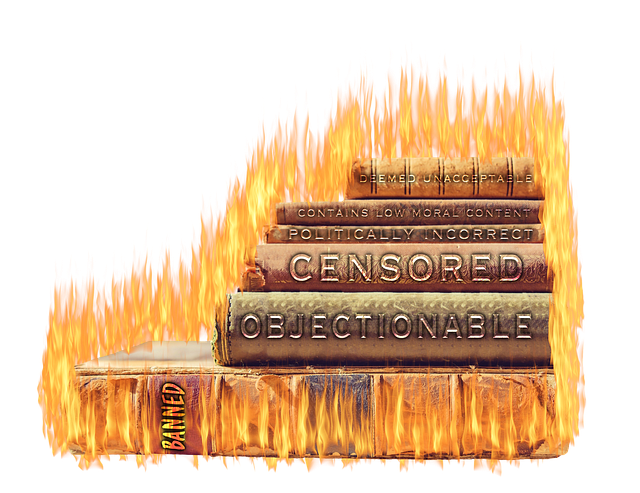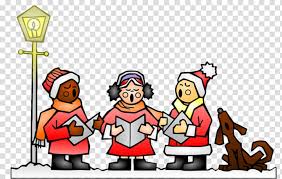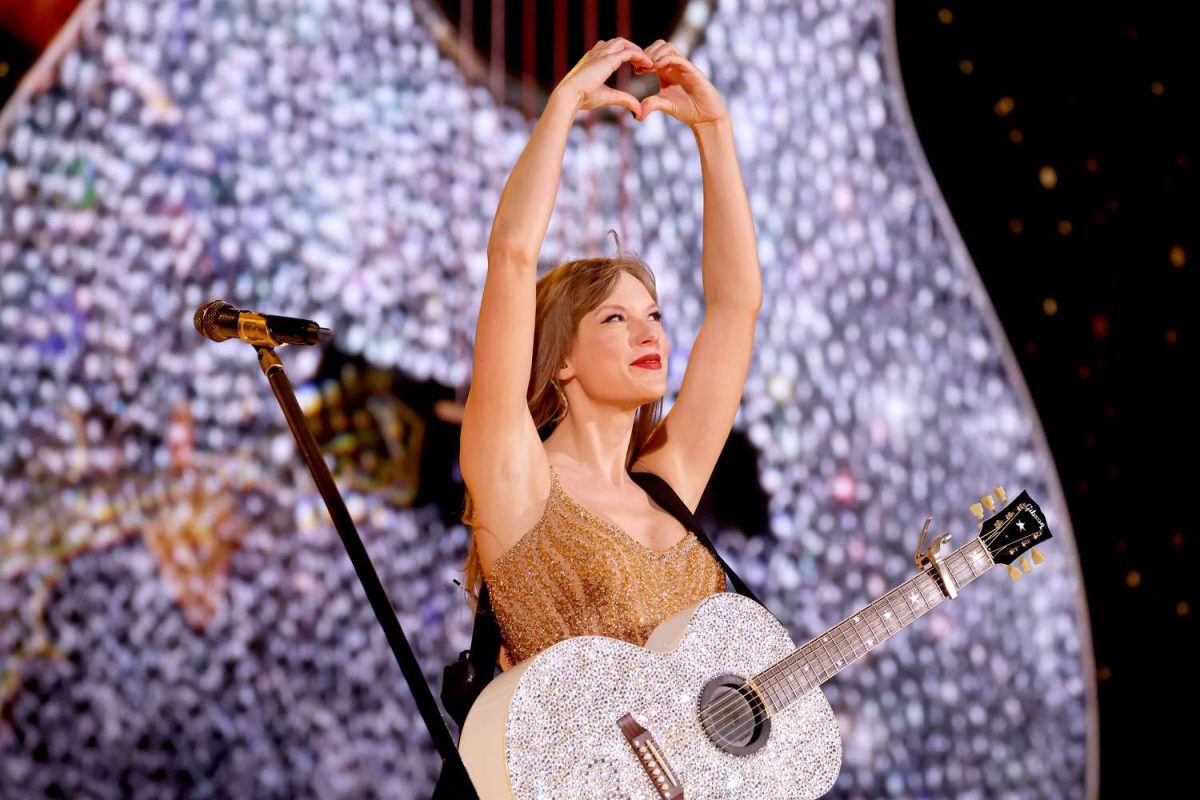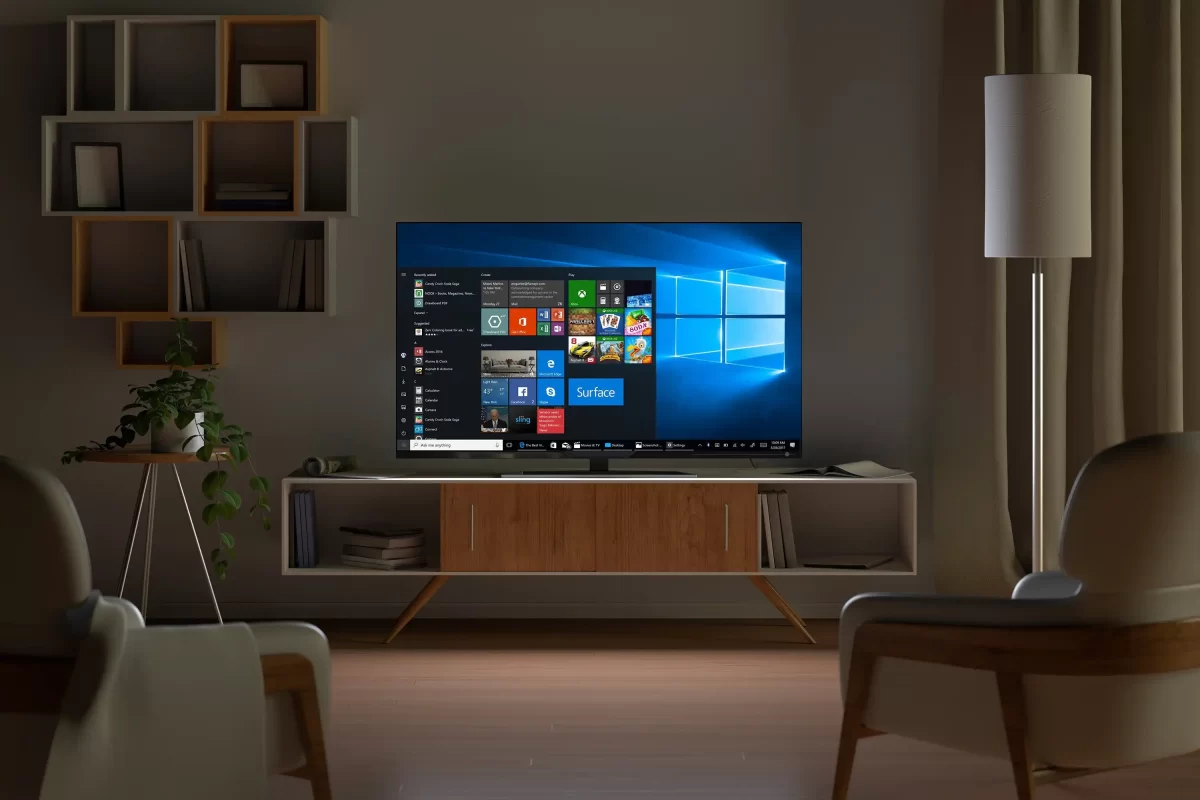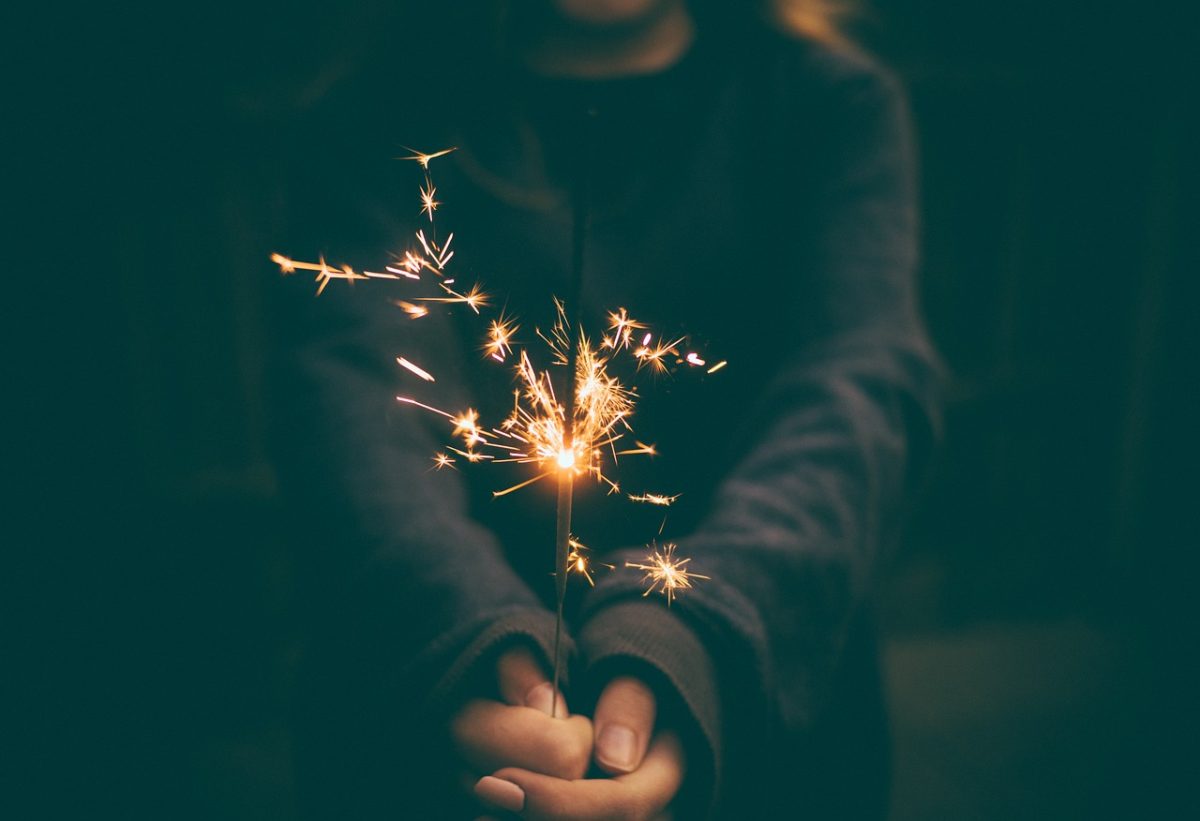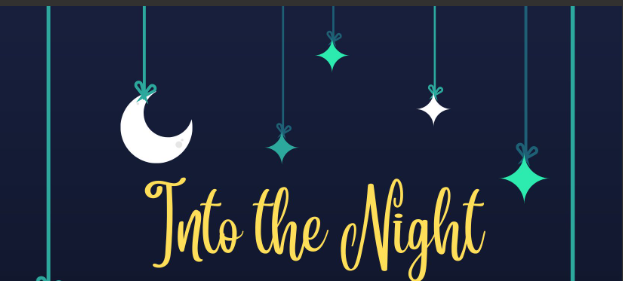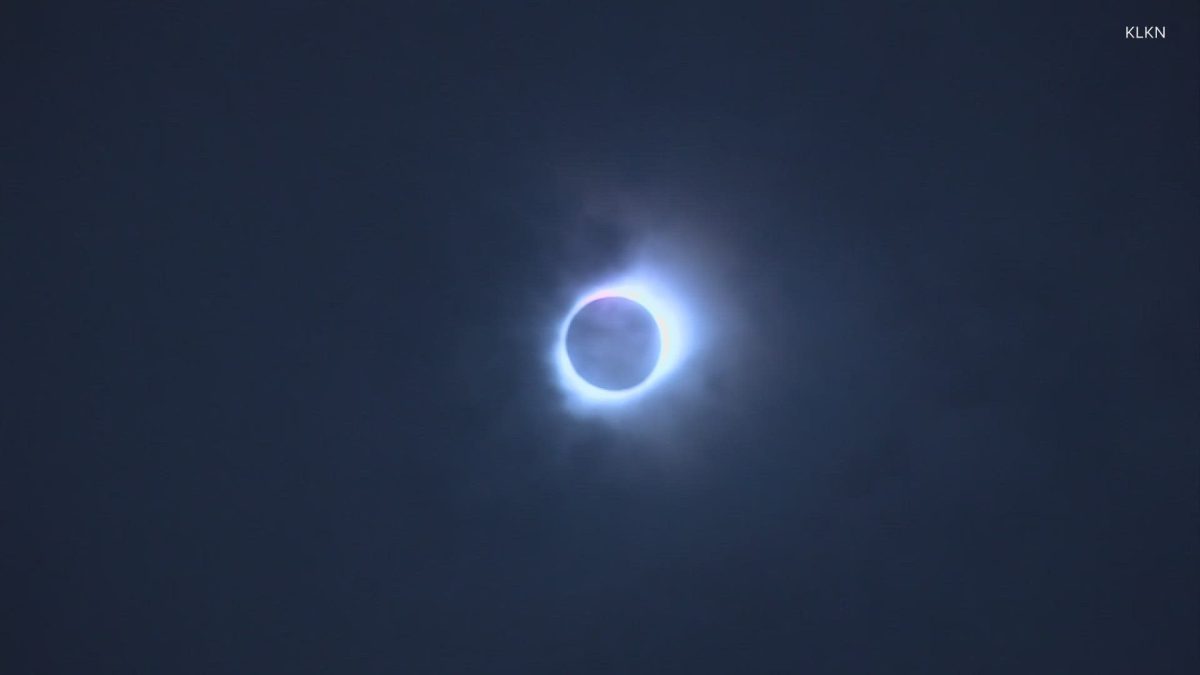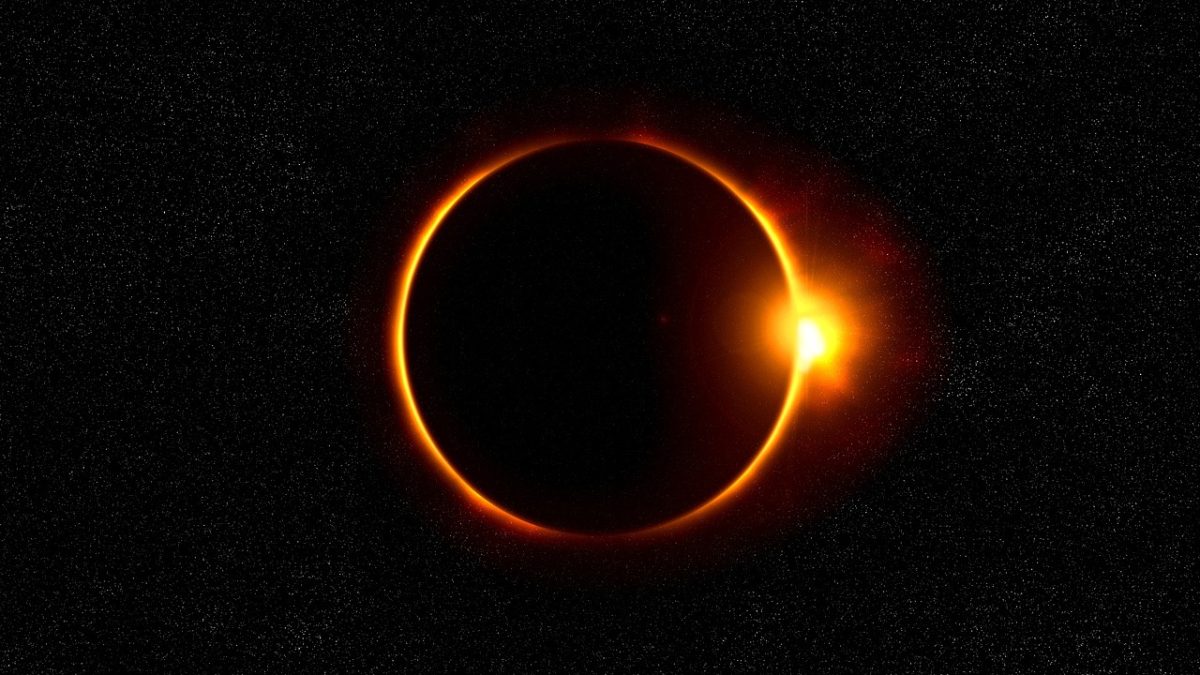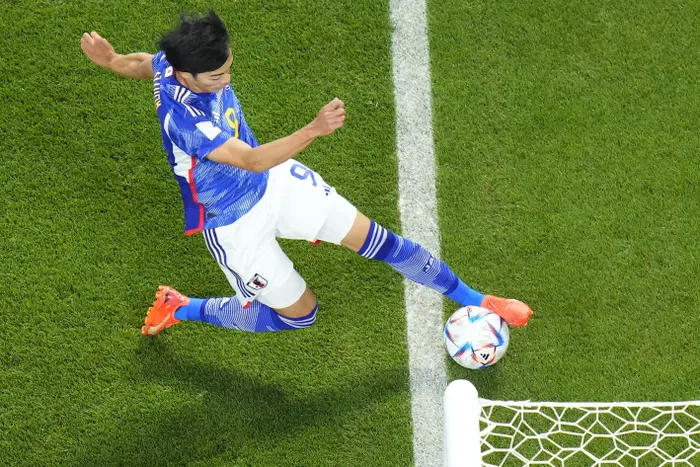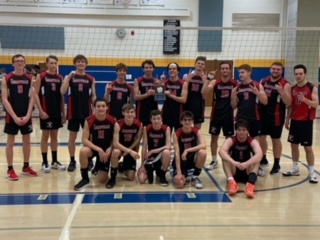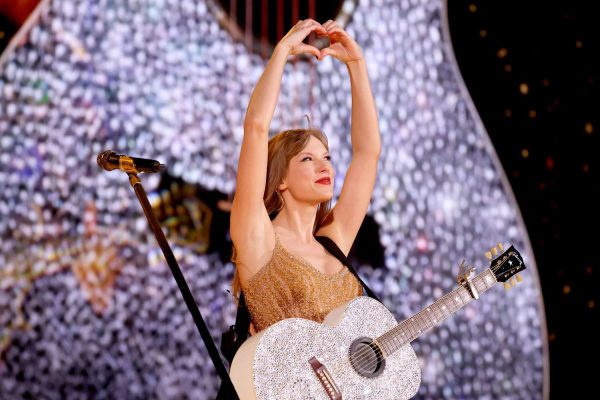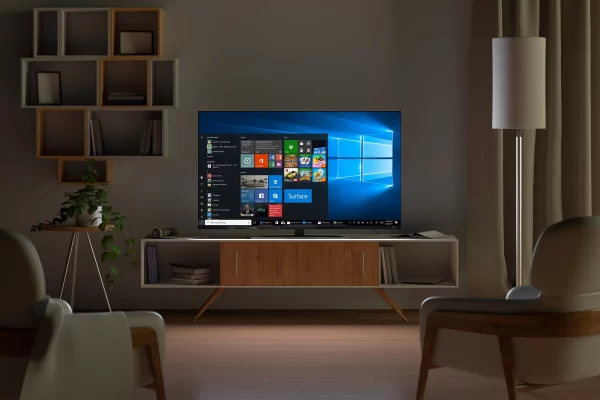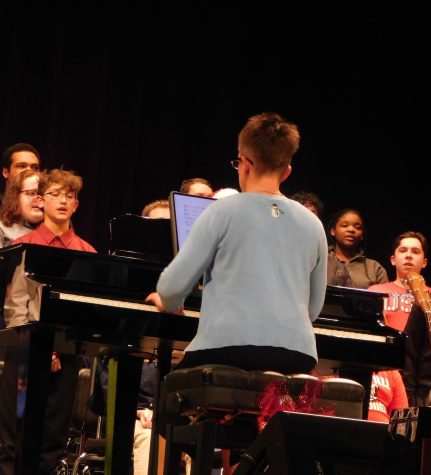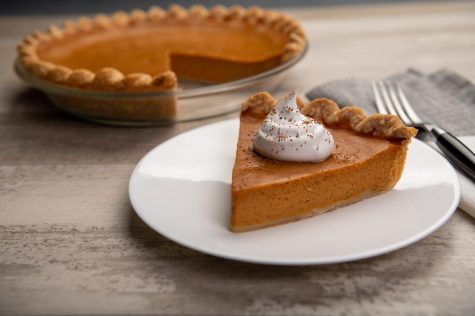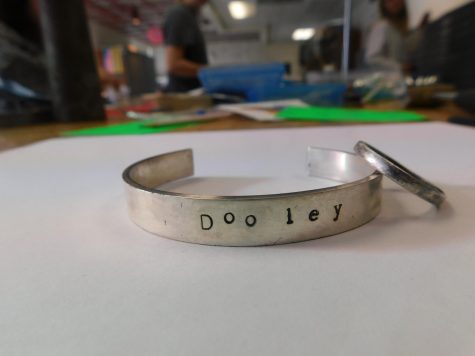How Horror Haunts You
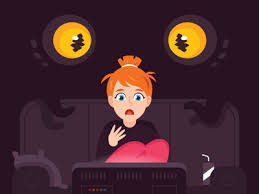
Copyright @ Dribbble
October 27, 2021
BANG! A wardrobe falls to the floor. Your heart jumps out of your chest. You watch as the main character creeps around the house looking for a killer and you see a shadow move across a wall. We all know that feeling we get when watching a horror movie. Sitting on the edge of your seat, waiting in anticipation, or in some cases cowering in fear while covering part of the screen with your hand. Frozen in fear, but suspense is holding your gaze steady on the screen. But what causes you to have these extreme feelings of fear? What are the choices made behind the scenes to create the emotions that we can feel?
The first main element that helps to elicit these feelings in the audience is suspense. A simple definition of suspense is the anticipation that something is going to happen but not knowing when or how. This in turn creates anxiety and apprehension. A very common shot used to cause suspense is holding on to a character’s reaction to a certain object or room. When the actor reacts to this scene (object) with a frightened look and we
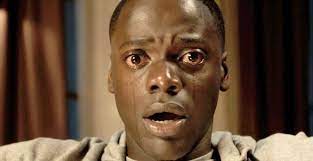
still don’t know what it is, it makes us feel suspense. We ask ourselves, What is it? Or What’s wrong? This intensifies the fear of the unknown.
A tool to help create suspense is irony. In particular, dramatic irony, when the audience knows something the characters do not. For example in a horror movie we see a shadow figure in the background but our main character has their back turned. Now we know that there’s someone in the house but they don’t. Now getting these shots and creating suspense this way is done on set with specific shots and then the special effects editors can CGI in the shadow figure.
Another element that creates the feelings of fear is the setting and atmosphere of a scene. Places commonly associated with death or scary things are a staple in horror movies because they represent those terrifying things. A graveyard for example represents death or ghosts, but it’s even more scary at night time. This is because we as humans have an innate fear of the dark, or what it can hide. Because of this fact scary scenes are dimly lit to add to the fear and tension we are supposed to feel. A huge part of the setting in a scene or movie is the music choice. When we listen to music we get a certain feeling from the pitches, lyrics and harmonies we hear. Music directs the way we feel when watching a scene. It adds to the horror because it intensifies the emotions. The editors and directors must collaborate when adding music to a scene, to find the best place to start and stop the sound. Weather to do a needle drop or fade in.
The last major effect that creates horror in movies and TV is timing. This has a lot to do with the editing and shooting of a piece. The timing of shots and the pace of the scenes affects the audience’s emotions. Fast pacing and quick cuts strung together make the audience feel like the actions are being done hastily, adding to the tension of a scene. Longer shots and slow fade-ins slowly build suspense and tension. But, if the shot goes on for too long then the suspense that was built is lost because the viewer gets bored.
The suspense, setting, atmosphere and timing are all very important elements of horror movies that make them scary and emit the feeling of fear to the audience. So, have fun watching all the cult classics this season but just remember that it’s just a movie, not reality.



